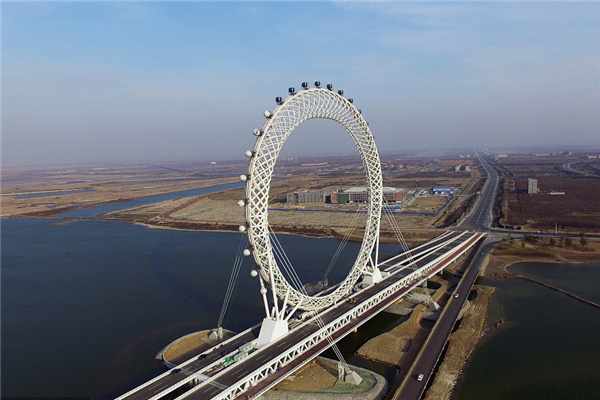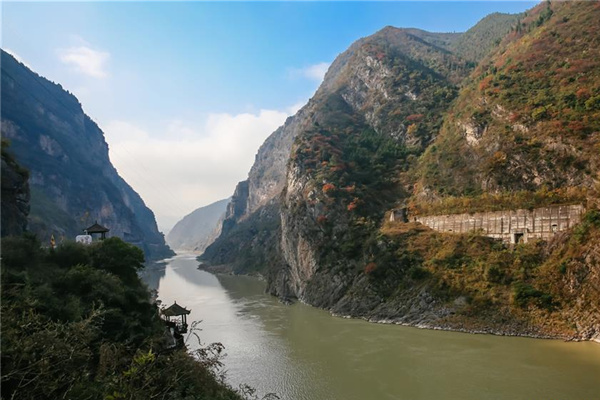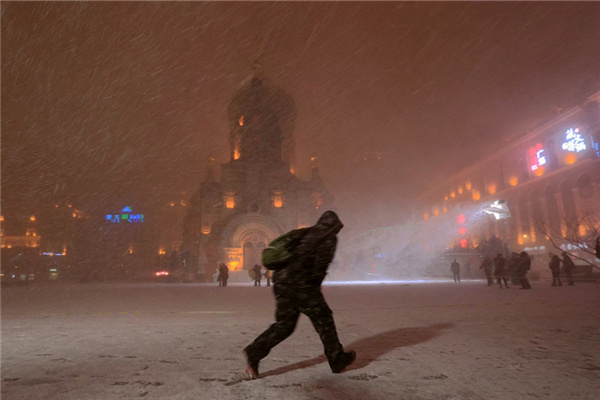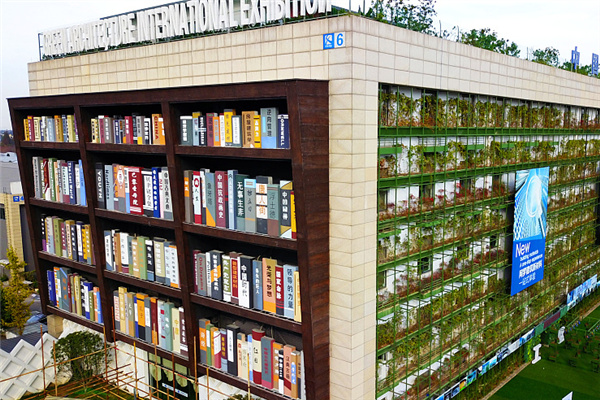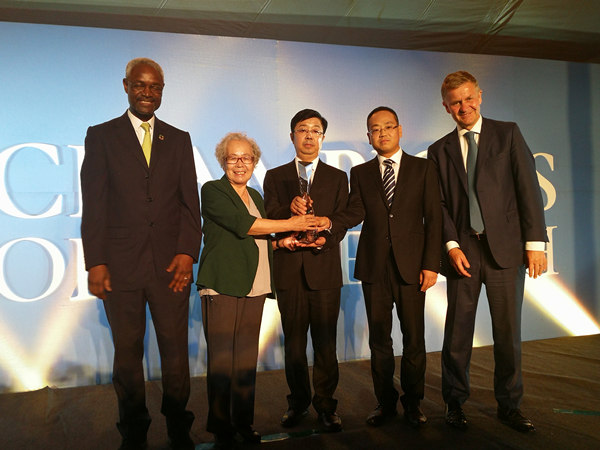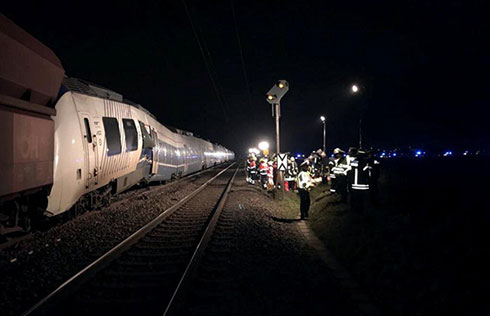

As the auto boom drives China into the modern era, it also worsens air pollution, traffic jams and the energy crunch.
"Something needs to be done to balance the industry's development and its social impacts," says Thomas Schiller, managing director for China of Arthur D. Little (ADL), a global management consulting firm.
The pollution
Air pollution is costing China 3.8 percent of its gross domestic product, causing more diseases and claiming more lives, according to a report issued by the World Bank.
Air pollution, especially in large cities, is leading to higher incidences of lung diseases, including cancer, respiratory system problems and higher levels of work and school absenteeism, says the report.
Fossil fuel combustion, particularly as it occurs in motor vehicles, has been identified as the largest contributor to air pollution in the world. CO2 plays a big part in air pollution.
"The CO2 debate is changing the automotive landscape," says ADL analysts Stefan Lippautz, Nick Toone and Simon Schnurrer in the company's latest research note.
Overall, the world's "mega cities" account for about 75 percent of greenhouse gas emissions and represent the vast majority of consumers, according to statistics from ADL.
Estimates show that in Beijing's air pollution, 74 percent of hydrocarbons, 63 percent of nitrous oxide, and 50 percent of nitrogen oxides comes from motor vehicles.
The solution
To ease the problems, "the Chinese government must guide the automotive industry to adapt more energy-saving and clean technologies," Schiller says.
However, technology solutions and national regulations will take years to implement. In the short term, changes in buying criteria and their impact on automotive sales could become a real challenge for automotive OEMs, according to ADL.
ADL expects a further tightening of regulations to reduce CO2 emissions from cars, as more and more governments worldwide are actively discussing the introduction and/or tightening of regulations significantly impacting consumer behavior.
Beyond technology and national policies, large cities tend to implement concrete measures at short notice, says Stefan Lippautz, also director of automotive and manufacturing, ADL Central Europe.
He cites London's emissions and fee-based driving zone as an example.
Following the introduction of the Congestion Charge in 2005, from 2008 an approach differentiating on the basis of CO2 emissions from individual cars will take effect, Lippautz says.
While cars emitting less than 120g/km will enter the fee-charging zone free of charge, those emitting above 225g/km will be charged 25 pounds ($49.5) per day, according to Lippautz.
Earlier in April, New York's City Council voted to ask the state Legislature to enact a "congestion pricing" proposal to charge motorists traveling to the busiest parts of Manhattan on weekdays.
Schiller says, "The practice might also be feasible in big Chinese cities like Shanghai and Beijing."
However, to solve these problems, "the solutions are not limited only to the automotive industry", he adds.
"In larger cities, more public transportation should be developed, such as subways. I have seen the Chinese government putting a lot of efforts into this."
Schiller adds that better city planning and better traffic control can also help with traffic jams.
(China Daily 05/03/2008 page7)


